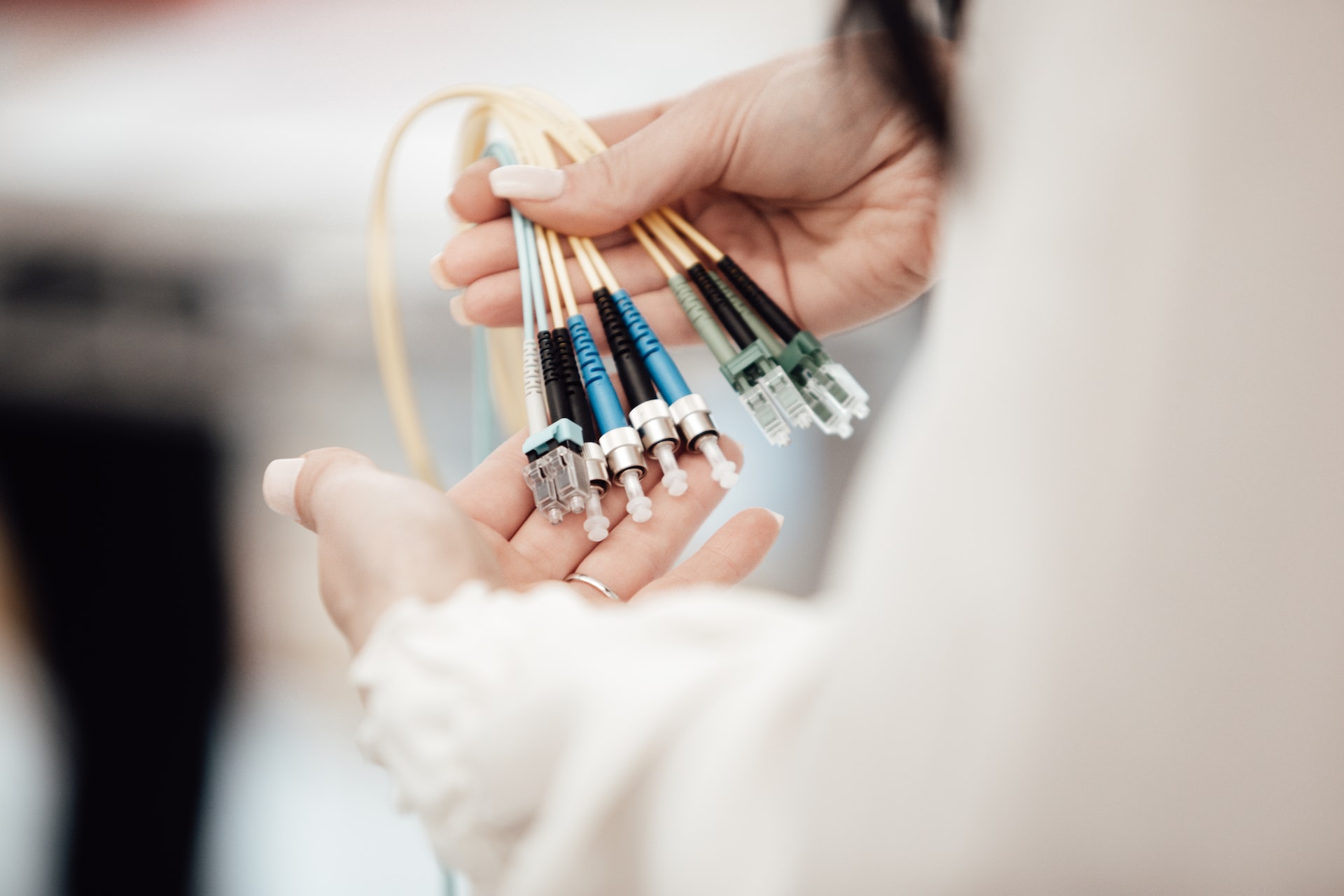In today’s fast-paced digital world, networking is essential for any business to operate smoothly and efficiently. With the vast array of networking media available, it can be challenging to choose the right one for your business. The choice of networking media will depend on several factors, such as the size of the business, the distance between network devices, and the amount of data to be transmitted. In this article, we will explore the different types of networking media available and how to choose the right one for your business.
Types of Networking Media
- Copper Cabling: Copper cabling is one of the most commonly used types of networking media due to its affordability and reliability. It is suitable for small to medium-sized businesses and is ideal for short distances. Copper cabling comes in different categories, such as Cat5e, Cat6, and Cat7, and each has a different data transmission rate. Cat5e can transmit data up to 1 Gbps, while Cat6 and Cat7 can transmit data up to 10 Gbps.
- Fiber Optic Cabling: Fiber optic cabling is an excellent choice for businesses that require high-speed data transmission over long distances. It is more expensive than copper cabling, but it provides higher bandwidth and is more secure. Fiber optic cabling uses light to transmit data instead of electrical signals, making it immune to electromagnetic interference.
- Wireless Networking: Wireless networking is becoming increasingly popular due to its convenience and mobility. It is ideal for businesses with mobile devices, such as laptops and smartphones. Wireless networking uses radio waves to transmit data between devices and requires a wireless access point to connect devices to the network.
- Coaxial Cabling: Coaxial cabling is a type of networking media that is suitable for long-distance data transmission. It is commonly used in cable TV networks and is ideal for businesses that require a high-quality connection. Coaxial cabling comes in different types, such as RG-6 and RG-59, and each has a different data transmission rate.
Factors to Consider When Choosing Networking Media
- Bandwidth Requirements: The amount of data your business needs to transmit will determine the type of networking media you should choose. For instance, if you require high-speed data transmission, fiber optic cabling or copper cabling with a high data transmission rate is the best option.
- Distance: The distance between network devices will determine the type of networking media you should use. For instance, if you need to connect devices that are far apart, fiber optic cabling is the best option since it can transmit data over long distances without losing signal strength.
- Cost: The cost of networking media is an essential factor to consider when choosing the right one for your business. Copper cabling is more affordable than fiber optic cabling, but it may not be suitable for long-distance data transmission.
- Security: The security of your network is crucial, and choosing the right networking media can help enhance security. Fiber optic cabling is more secure than copper cabling since it is immune to electromagnetic interference, making it difficult to intercept data.
Choosing the right networking media is essential for any business to operate efficiently and effectively. Factors such as bandwidth requirements, distance, cost, and security should be considered when choosing the right networking media for your business. Copper cabling is an affordable and reliable option for small to medium-sized businesses, while fiber optic cabling is suitable for businesses that require high-speed data transmission over long distances. Wireless networking is ideal for businesses with mobile devices, while coaxial cabling is ideal for businesses that require a high-quality connection. By considering these factors, you can choose the right networking media for your business and enhance productivity and efficiency.
References:
- “Cabling and Connectors Overview.” Cisco. Retrieved from https://www.cisco.com/c/en/us/td/docs/switches/lan/cisco_ie3000/hardware/installation/guide/IE3000HIG/HIGCABLE.pdf
- T. D. (2015). “Fiber Optic Vs Copper Cables: What’s the Better Bet?” CableWholesale. Retrieved from https://www.cablewholesale.com/blog/index.php/2015/02/13/fiber-optic-vs-copper-cables-whats-the-better-bet/
- “Networking Basics: What You Need to Know.” Cisco. Retrieved from https://www.cisco.com/c/en/us/solutions/small-business/resource-center/networking/networking-basics.html
- Allconnect. (2019). “What’s different between fiber-optic and coaxial cables?” Retrieved from https://www.allconnect.com/blog/fiber-vs-coaxial-cable
- Rouse, M. (2012). “Bandwidth Definition.” Techopedia. Retrieved from https://www.techopedia.com/definition/5245/bandwidth
- Kirbtech. “Fiber Optic Networking Explained.” Retrieved from https://kirbtech.com/fiber-optic-networking-explained/
- Taylored Systems. (n.d.). “Choosing the Right Cabling Infrastructure for Your Company.” Retrieved from https://taylored.com/blog/choosing-the-right-cabling-infrastructure-for-your-company/

